That vivid color, unmistakable and unique with its intensity it’s impossible not to notice.
And it’s certainly the first characteristic of the species to be noticed.
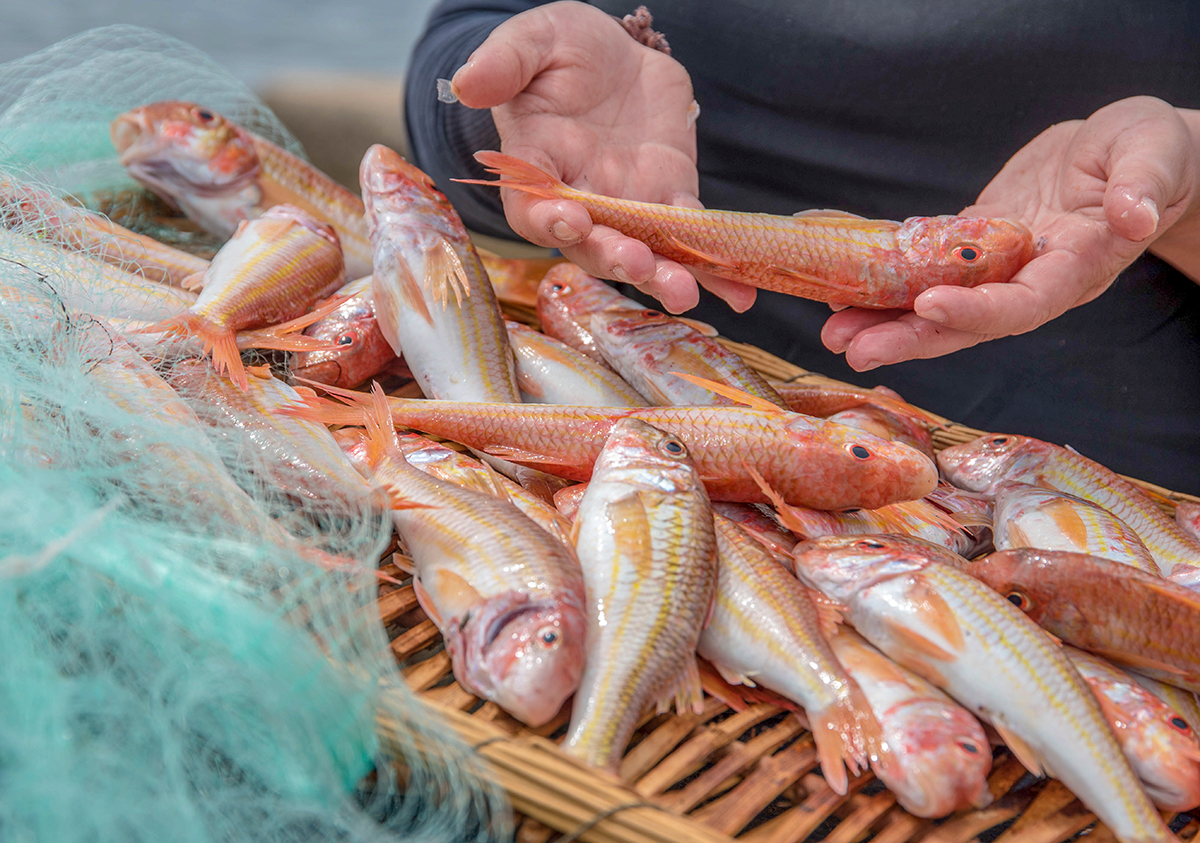
Yet, over time, they didn’t receive much attention, as usually happens when facing something that is so familiar to be taken for granted. Thus, after all, is how the mullets that the fishing boats unload in the port of San Marco di Castellabate have always been considered. Good, of course, and beautiful to look at too, but also a normal presence on the castle canteens. At least up to four years ago. When the peculiarities of those fishes with bright liveries began to be evaluated differently. First step of a new awareness of their value, which would have led to obtaining their recognition as a traditional agri-food product, in Italian “Pat”.
Mullus surmuletus Linnaeus, this is the scientific name of what is not a mullet, but the red mullet of Licosa. A denomination in which, in addition to the reference to color, points another peculiarity that makes it unique: its very close connection to a place, Punta Licosa, which corresponds to a marine habitat perfect synthesis of the main distinctive elements of the Marine Protected Area of Santa Maria di Castellabate.
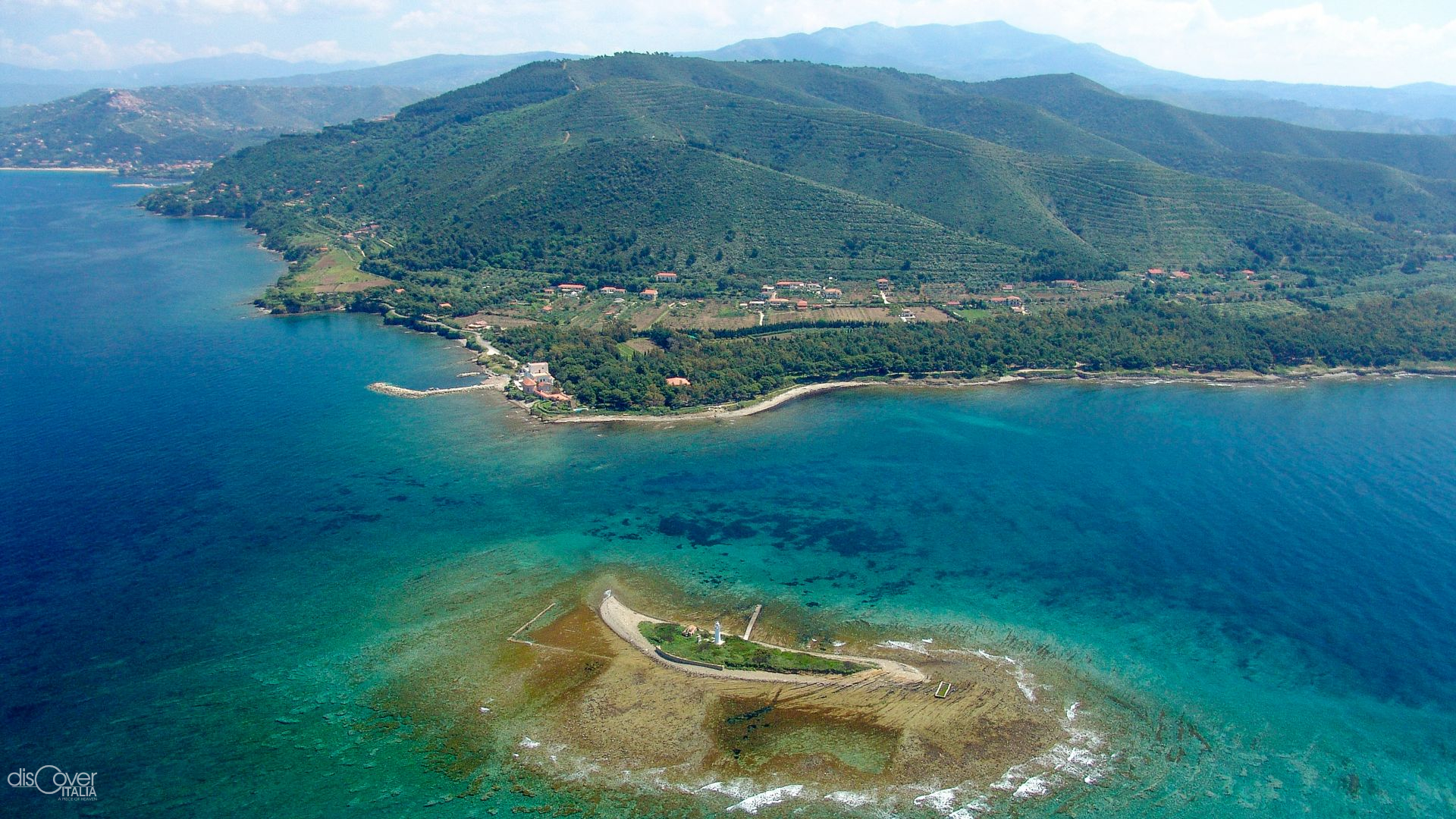
Daughter of Posidonia and Flysch
It is a very limited area, the one in which the Red lives: the stretch of sea between Ogliastro Marina and Punta Licosa, kingdom of the typical Flysch of Cilento, the rocky substrate favorable to the growth of the Posidonia meadows. There the mullets move safely, exploring with the long and thick barbels the seabed and the luxuriant foliage of the plants that protect them, looking for small crustaceans, their favorite food. Crucial for their survival, but above all the origin of that bright red that stands out on the darting backs, making the “ladies” of Licosa unique. As long as they are still free in the depths of the sea and, for those that end up in the nets, even for a while after capture. Because progressively, then, the red turns into an intense pink.
That stretch of sea so rich in life forms has no secrets for the fishermen, often for generations, of Castellabate. Like the habits of the most famous red mullets. Fishing with the trammel, a long gillnet, in the early hours of the morning. Because it is then that the Red moves, “’a rvola” (flies) as they say, until it gets entangled in these treacherous nets.
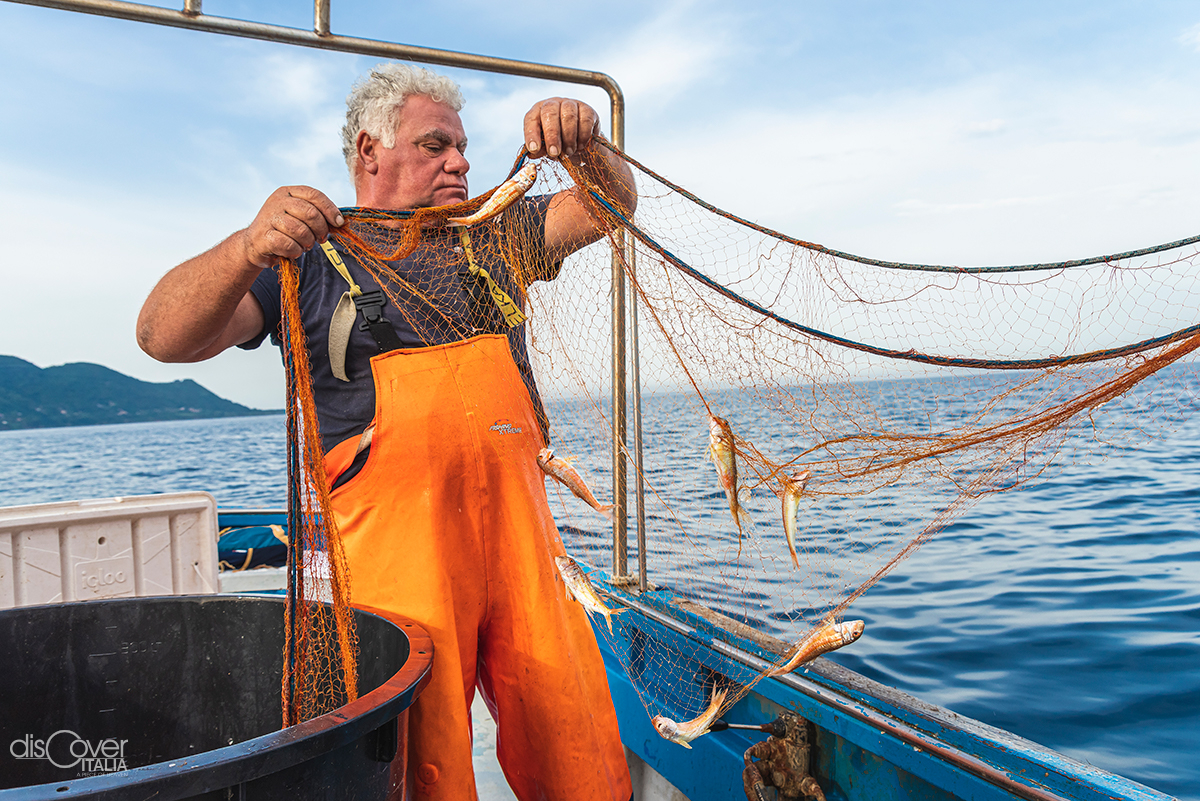
The debut at Slow Fish
It was a fisherman who went to tell the woman about the mullet who would change its history and perception. The value and uniqueness of that fish had always been overlooked, penalizing the hard work on the sea by local fishermen. Yet, the marine area, established a few years ago, could represent an opportunity to enhance that production which, having no equal anywhere else, could also be appreciated by foreign visitors. Who could have been interested in making the Red known better than the active city councilor who, in 2016 had all the right powers to act? Assunta Niglio listened with interest to that mullet that she knew, of course, but on which she had never dwelled too much.
The opportunity to launch the Red presented itself shortly after the participation in the Slow Fish in Genoa. The Cilento mullet, coming from a splendid sea and from a protected area of the highest environmental value, had all the requirements to make itself known and appreciated in that context. But how to keep it for the entire duration of the event, while maintaining the authenticity of the flavor? Traditionally, the mullets were preserved in salt with a procedure similar to that of anchovies. But the right intuition came to Assunta together with her friend Donatella Marino: "We did several tests - she remembers - until we tried a light marinade, which was the right formula". So the councilor left for Genoa with the precious jars and great expectations. Which were not disappointed. Because the Red conquered everyone with its goodness and its history. «The conservation method we had experimented with - recalls Niglio - returned all the value of our mullet. With its special flavor, it seems to eat the sea».
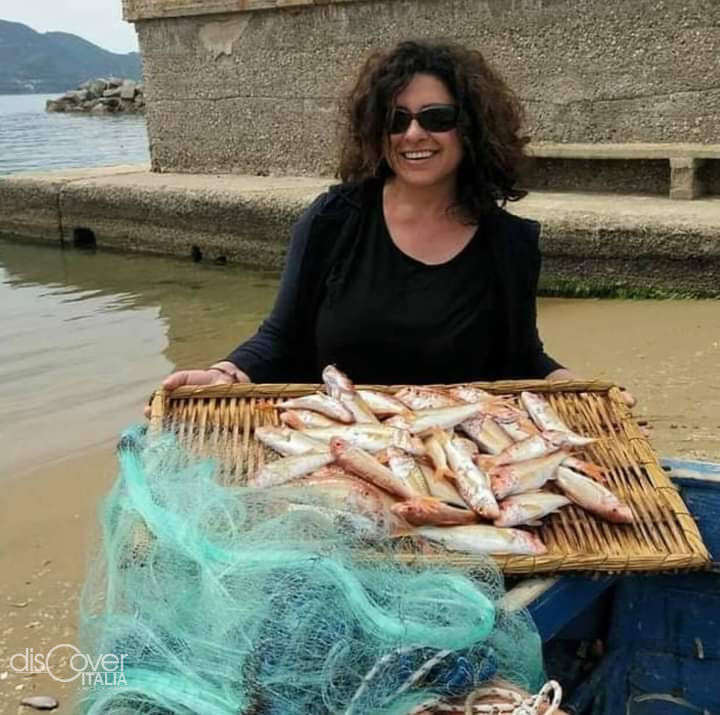
The turning point of the Pat project
There were other occasions to make it known and appreciated far from home, but in the meantime the tasty Licosa mullet was the center of a new, ambitious project: to obtain recognition of its particularity and quality. Therefore, an analysis of the Red and its characteristics was entrusted to the Zooprophylactic Institute. The results ended up in the substantial documentation with which, in January 2017, the candidacy of the Cilentan mullet to Pat was accompanied, the seal of a complex path, carried out by Niglio with winning commitment and determination. And in August came the response that Castellabate was waiting for: the Rossa was a new traditional agri-food product, the result of sustainable fishing in the limited range of life of the species within the marine park, where only the use of traditional and selective capture system. And in fact, a daily withdrawal of no more than twenty kilos per boat is allowed, in order to protect an objectively limited and, therefore, even more valuable resource.
With the Pat recognition, the Licosa mullet has thus become a significant opportunity for the Castellano area. A sought-after ingredient, zero-mile, for the restaurants of Castellabate, which have begun to include it in the menus. Then quality raw material for a local company that takes care of its processing and marketing. And, first of all, added value for fishermen, who can count on a more profitable product, thanks to which fishing tourism at sea and land-based fish tourism are also beginning to develop. A virtuous example, in the Cilento sea, of how ecology and economy can “walk together” for the benefit of the environment and the community.
©photos by Marco Coppola and Luca Scudiero

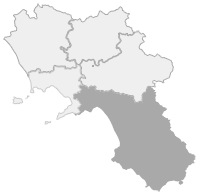
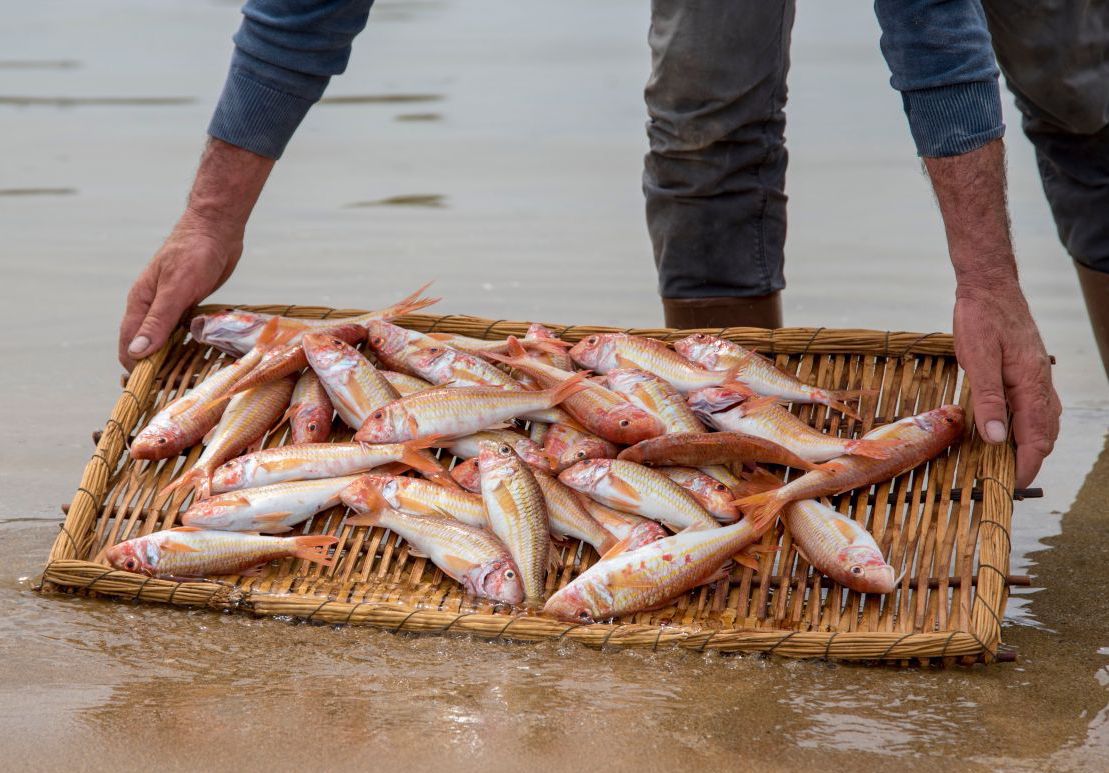


Comments powered by CComment